#1660s fashion
Explore tagged Tumblr posts
Text

Dazzling Joan Bennett as Maria Theresa in The Man In The Iron Mask 1939 💋
#old hollywood#beauty#romantic drama#1930s cinema#historical drama#1660s fashion#17th century france#king louis xiv#the four musketeers#joan bennett#louis hayward#warren william#marion martin
34 notes
·
View notes
Text
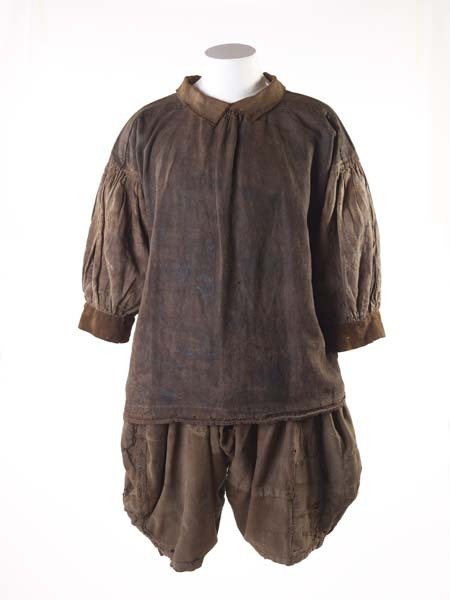

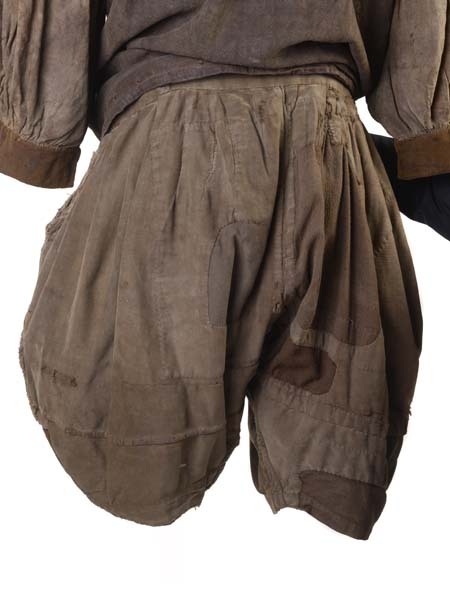
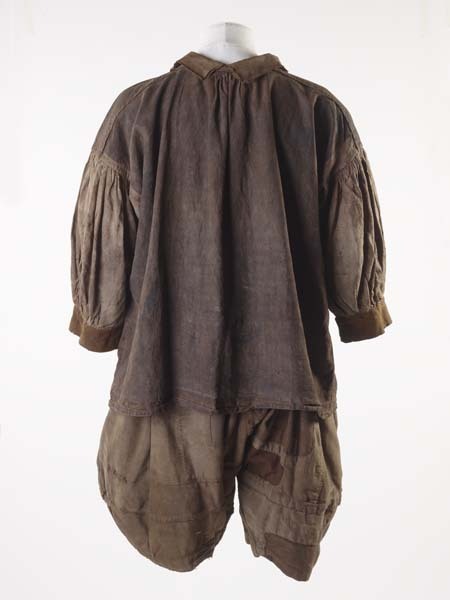
Sailor's Slops
1600s-1700s
Extremely rare survival of a shirt and breeches, called slops, as worn by sailors from the late 16th through to the 18th centuries. This unique set of loose, practical sailor’s clothing reveals life aboard ship. They are made of very strong linen to endure the hard, rough work. There is tar across the front from hauling ropes. The breeches are heavily mended and patched, which the sailor would have done himself.
The Museum of London (ID: 53.101/1b)
#shirt#breeches#menswear#fashion history#historical fashion#17th century#1600s#1610s#1620s#1630s#1640s#1650s#1660s#1670s#1680s#1690s#1700s#linen#brown#museum of london#popular
6K notes
·
View notes
Text

Maximilian Philipp Hieronymus, Duke of Bavaria-Leuchtenberg, 1666 by Sebastiano Bombelli
#fashion history#fashion#men in art#men's fashion#portrait#Sebastiano Bombelli#duke of bavaria-leuchtenberg#germany#1660s#17th century art#art#painting#oil on canvas
73 notes
·
View notes
Text

submitted by @asterroth
#historical fashion poll submission#very historical historical fashion polls#historical fashion polls#fashion poll#historical dress#historical fashion#dress history#fashion history#fashion plate#17th century dress#17th century fashion#17th century#1600s#1660s#skirt
35 notes
·
View notes
Text

The Letter by Gerard Ter Borch, 1660-65, Holland.
33 notes
·
View notes
Text

Sir Peter Lely (Dutch/active in England, 1618-1680) Portrait of a Lady in Blue holding a Flower, ca.1660 Dulwich Picture Gallery, London
This painting hung for almost 300 years at Raynham Hall in Norfolk, the estate of the aristocratic Townshend family.
#Sir Peter Lely#Peter Lely#Dutch#England#Portrait of a lady in blue holding a flower#european fashion#fashion#1660s#1600s#art#fine art#european art#classical art#europe#european#fine arts#oil painting#europa#female portrait#female#woman#portrait
29 notes
·
View notes
Photo
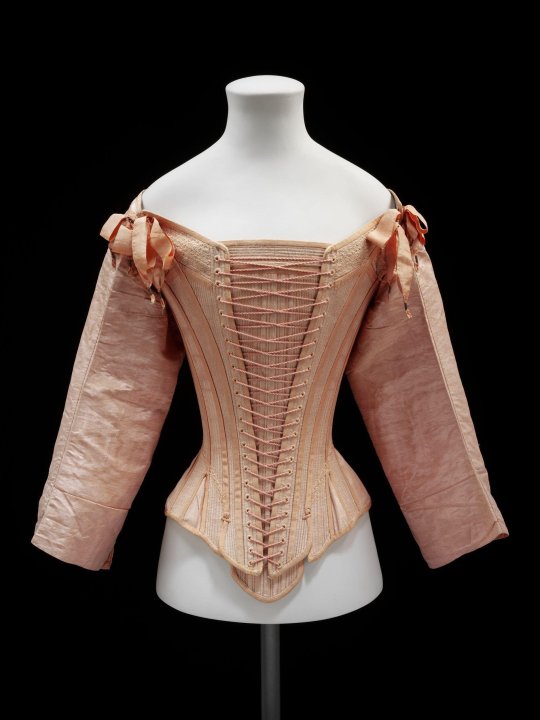
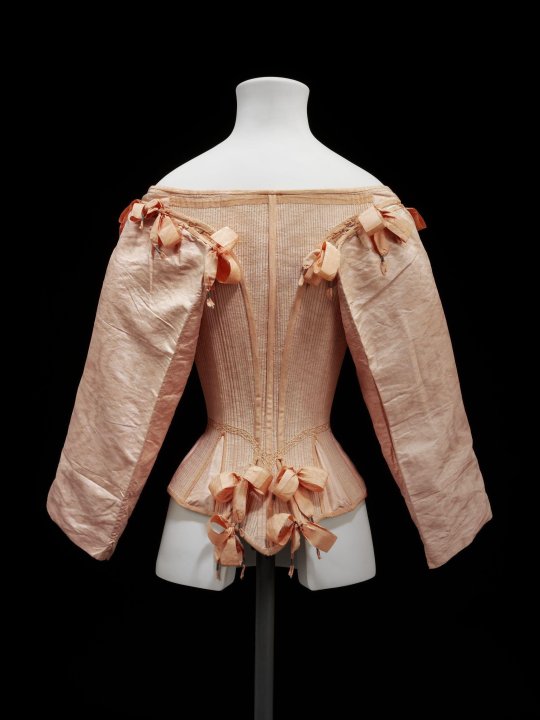
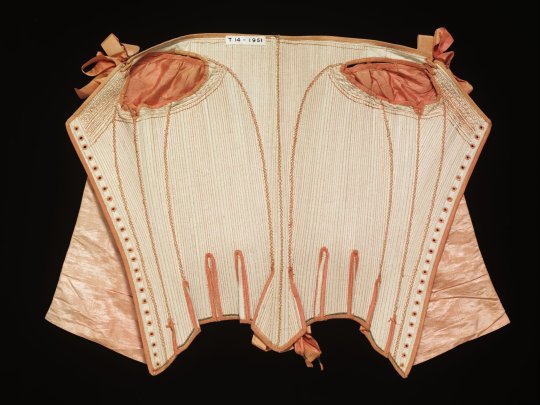
Stays & Busk | c.1660-1680 | Dutch
#stays#busk#1660#1660s#1670#1670s#1680#1680s#17th century#dutch#pink#historic fashion#historical fashion
309 notes
·
View notes
Text


- Margot Lister, Costume
9 notes
·
View notes
Text

If you check the embroidery closely you still see the traces of blood of little Indonesian girls’ fingers.
Aldens Catalog Spring and Summer - 1966
7 notes
·
View notes
Text

Painting by Dutch painter Peter Lely of King James II of England and his wife Anne Hyde, ca. 1661 - 1662
2 notes
·
View notes
Text

Cornel Wilde and Linda Darnell in Forever Amber 1947 🧡
#old hollywood#beauty#romantic drama#historical drama#1940s cinema#linda darnell#cornel wilde#jessica tandy#english civil war#1660s fashion#17th century fashion#forever amber
8 notes
·
View notes
Text

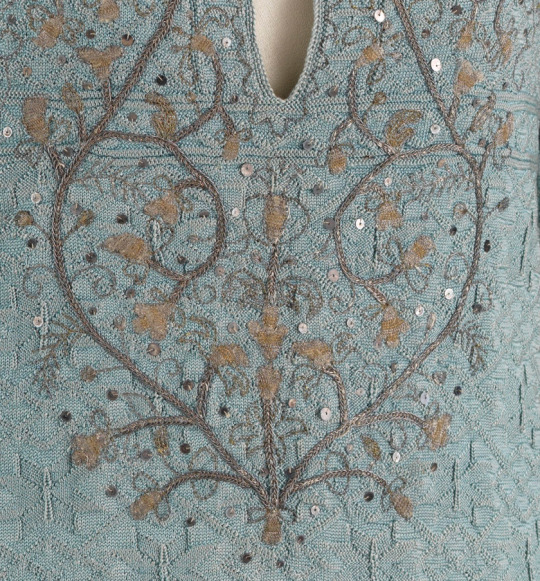
Knitted Shirt
1650s-1690s
Norway
Nasjonalmuseet
#knitwear#fashion history#historical fashion#17th century#1650s#1660s#1670s#1680s#1690s#stuart era#blue#floral#embroidery#norway#nasjonalmuseet
2K notes
·
View notes
Text
1660s male fashion be like " 'orrible Jolly Ollie be dead! HUZZ-AH! Let us drape ourselves in a million loops o' ribbon!!!" 😆
0 notes
Text

Livrée of three Swedish servants, ca. 1660 Livrée worn by servants in service of the Swedish crown, possibly used during the coronation of King Karl XI. in 1660. The suits consist of doublets, breeches and coats; two of the suits also feature knee-lenght stockings, while the suit on the left also features a detachable skirt.
While the garments are made of "plain" wool, they are heavily decorated with trim and silk bows. The suits follow the fashion of the mid-17th century, yet some details (like the voluminous breeches) might have been designed to resemble the fashion of the late 16th century, which was considered to be a Golden Age for Sweden. Exhibited at the Livrustkammaren in Stockholm, Sweden.
#historical fashion#historical costuming#renaissance#renaissance fashion#fashion history#history#17th century fashion#17th century#swedish history#sweden#16th century#16th century fashion
445 notes
·
View notes
Photo
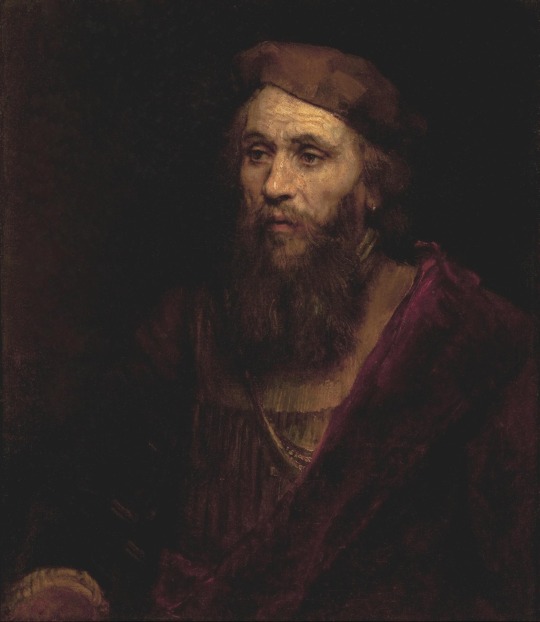
Portrait of a man by Harmensz van Rijn Rembrandt, 1661, Holland.
26 notes
·
View notes
Text
My Fair Lady: Late Baroque Era Set

(no fancy thumbnail this time, sorry) ♫ < baroque music
Please READ ALL OF THIS before downloading. I will not answer an ask if it was answered here. Read.
This is a late 17th-century/early 18th-century Baroque Set. You will get 25 items for women, girls, and toddlers! Towards the bottom, I will give you tips to start a Baroque Era Save (people to find on gallery and men/boy attire).
I would like to thank @the-melancholy-maiden @linzlu @sychik @batsfromwesteros @vintagesimstress @cringeborg @acanthus-sims @stereo-91 and sims 2 creator maya40 for the stuff I've used to make all of this. I'm sure there are more creators but I cannot recall their names off the top of my head. DM me if you see a piece of your mesh here so I can give proper credit. I would also like to thank @belleophile for testing these items for me.
The stuff in this set can work for the late 1660s-early 1710s.
WHAT YOU GET: You will get 3 hat hairs, 1 for each age I listed above, 2 Fontanges for adults that work with the hat slider mod, 4 adult hairs, an adult baroque hair comb piece, 1 adult baroque sash accessory used for court and portraits, 1 ribbon hair piece to go with a hair, and 13 dresses (2 1670s/1660s mantuas, 1 1680s-1710s Habit used for Hunting or Riding, 1 1690s-1710s court dress used for court occasions, 1 1690s-1710s jeweled portrait dress and 1 1660s-1670s portrait dress with sash, and finally 7 1690s-1710s mantuas used for everyday, formal, and seasonal wear. I've included 1 dress for a child and 1 dress for a toddler as well).
SMALL NOTICE ABOUT THE PIECES: The hairline on the hairs will not behave correctly if you have head shape presets on the sim. I've tried fixing that but no luck. If I manage to fix it, I will update it. The Hat Hairs are found in the HAT category and are not compatible with hairs you MUST download the hair files that I'll be including with them. This being said, if you remove sim clothing while they have the hat hair on, it removes the hair override too. It's strange, but just put the hat back on and it should fix. The comb, and ribbon accessory are also found in the hat category. The Sash is found in the GLASSES category. The 1660s-1670s Mantuas are not compatible with shoes, leggings, or socks. I've removed these options in CAS tools so you shouldn't have to worry about clipping. The Barbara 1670s Dress has a sash meshed onto it, and because of this does not behave well with bigger bodies. The same applies to the Henrietta 1670s Dress, as the pearls don't behave with bigger bodies. Same with the Sarah 1670s Dress jewels. The 1690s-1710s Mantuas will have small gaps if the sim is plus-sized. I have tried to fix these issues, but no luck. The hat hair fontange looks a bit gray without reshade or a lighting mod. @northernsiberiawinds has some good lighting mods. Other than that, it's fine. Below, is how it will look white with a lighting mod.

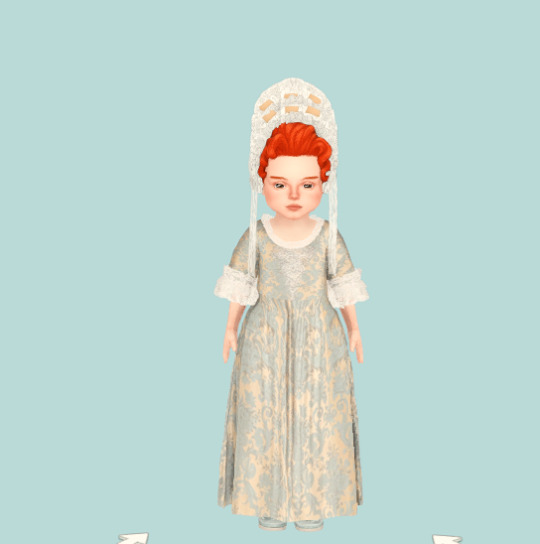
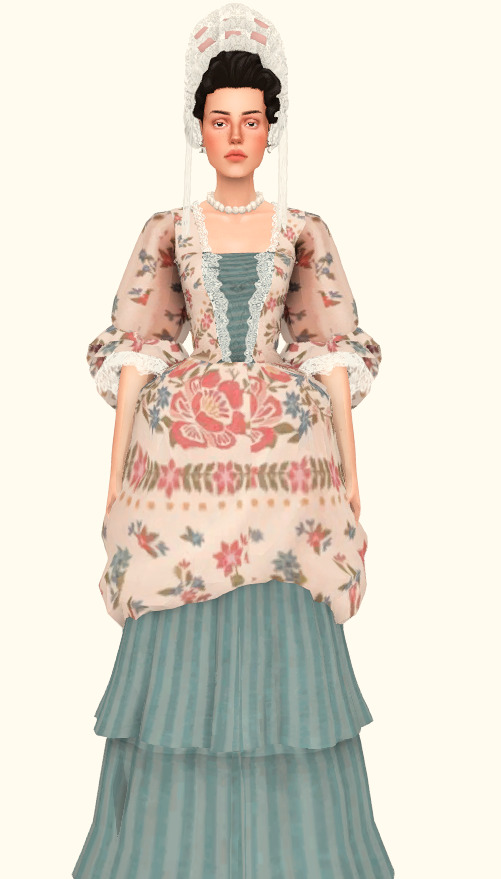
Everything has AT LEAST 20 swatches. Some things have more. There are only a few things that don't have this many swatches.
Here are some pics up close of what you are getting.
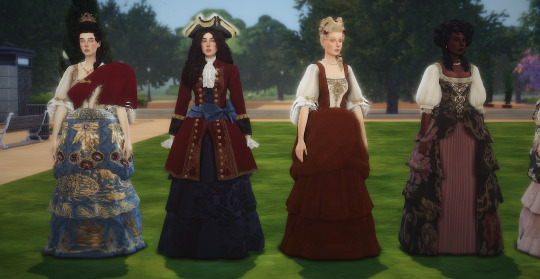
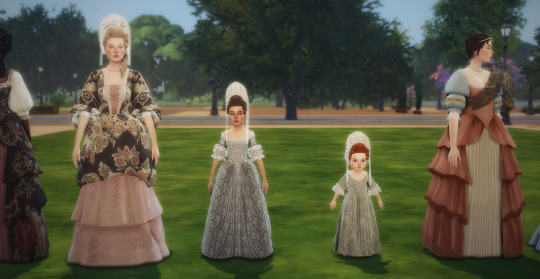
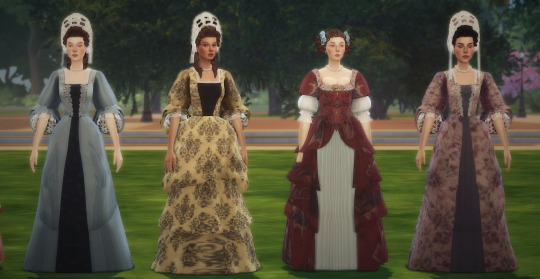
Here are some pics/fashion plates from this era.
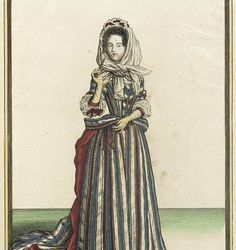
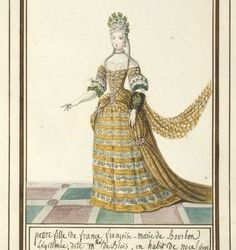
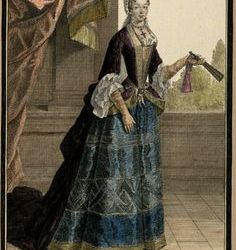

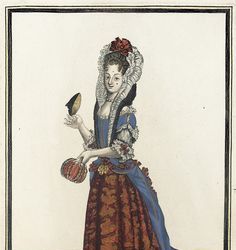
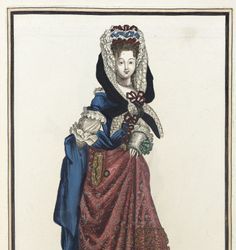
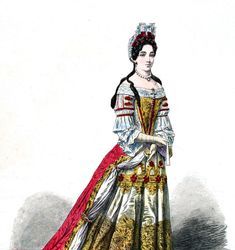
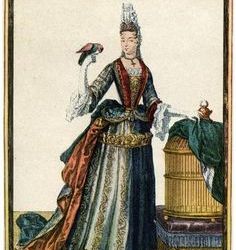
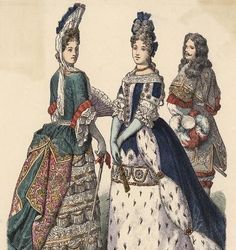
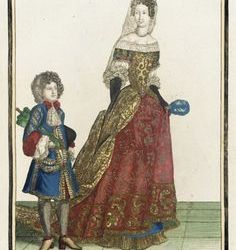
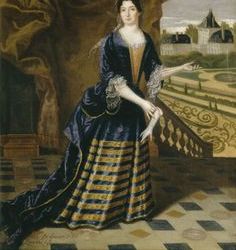

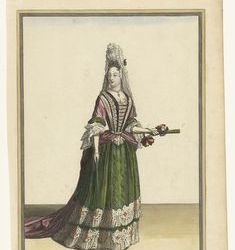
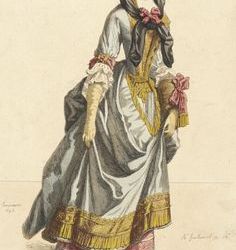
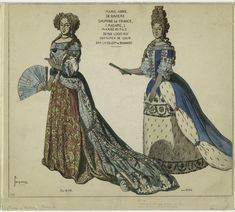
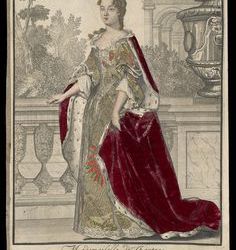
Did I forget the 1680s mantua..? Oh no! Luckily, I've included this surprise 1680s dress you'll be getting as well for reading all of that. So 26 items! (here you can see hat hair fontange without lighting mods installed)
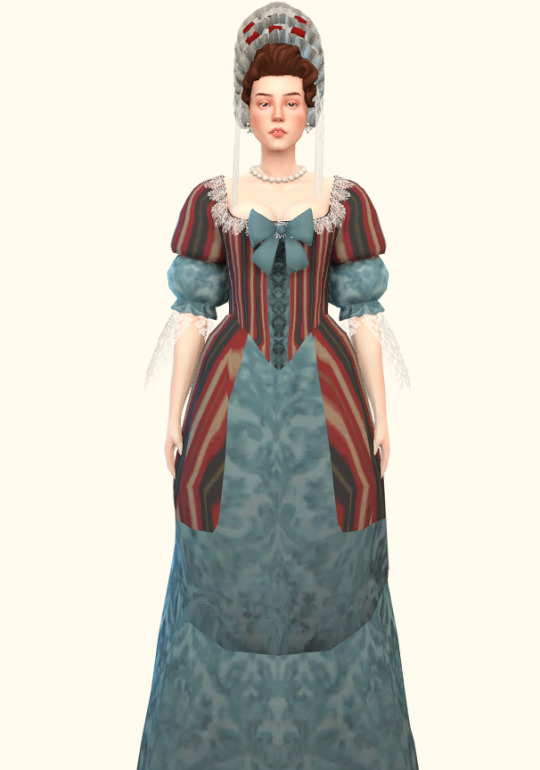
BAROQUE SAVE TIPS: These dresses will work for winter, summer, and traveling wear. Just add a fichu for summer wear or a shawl. For winter wear just add some long gloves and a cape. For men's stuff from this era, @stereo-91 has recolored some acanthus outfits which can be found here. I'll show you how they look below. I also recommend going to his gallery (ROTAMETERS91) as he has AMAZING builds for this era. For a little boy, @acanthus-sims has some stuff that can work.
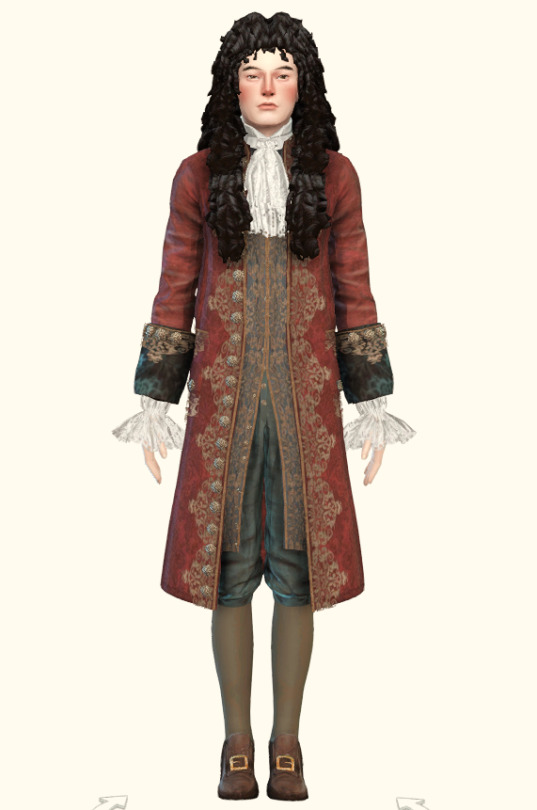
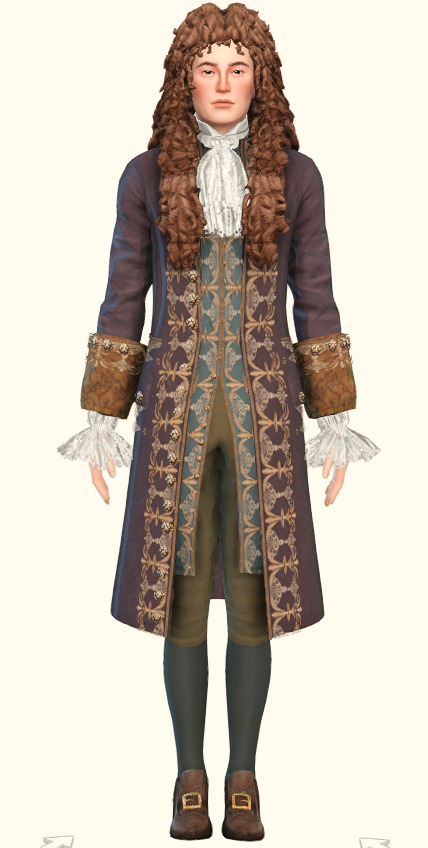
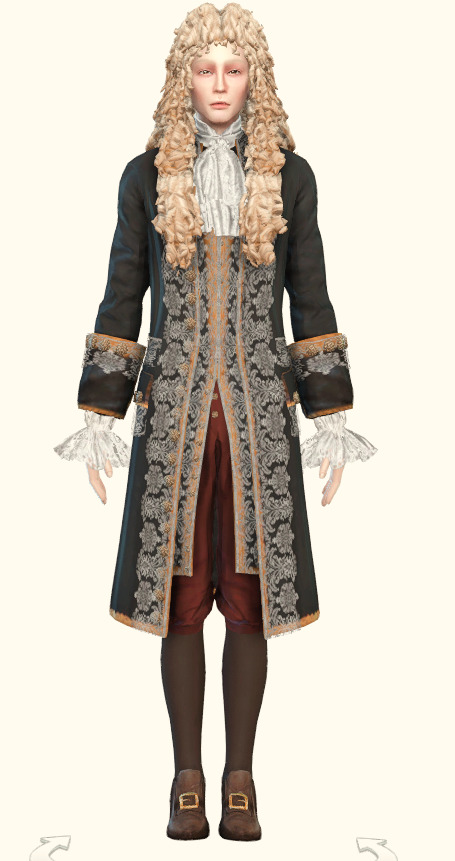
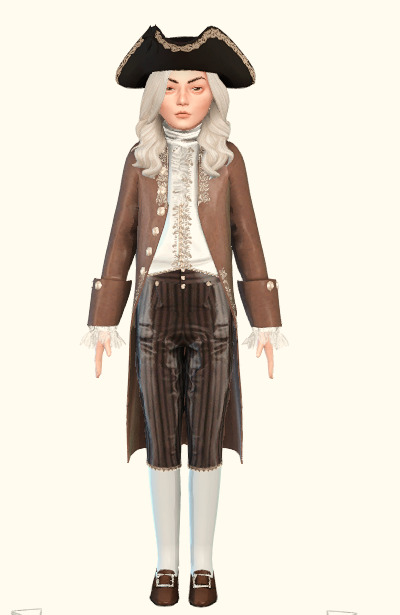
DOWNLOAD
#baroque ts4#baroque sims 4#sims 4 baroque#sims 4 decades#my cc#historical cc#ts4 cc#historical sims 4#sims 4 historical#historical sims#sims 4 cc#the sims cc
605 notes
·
View notes